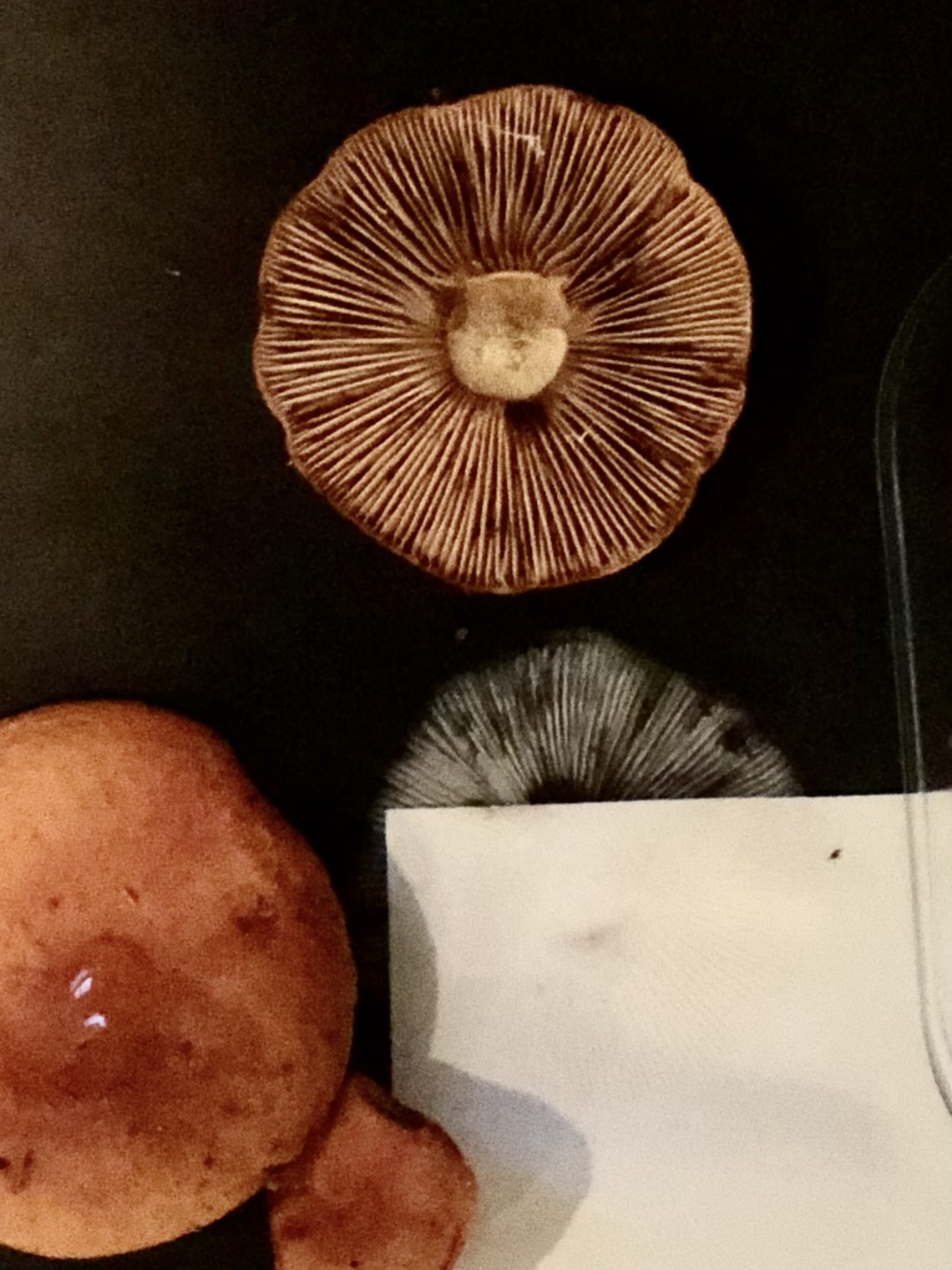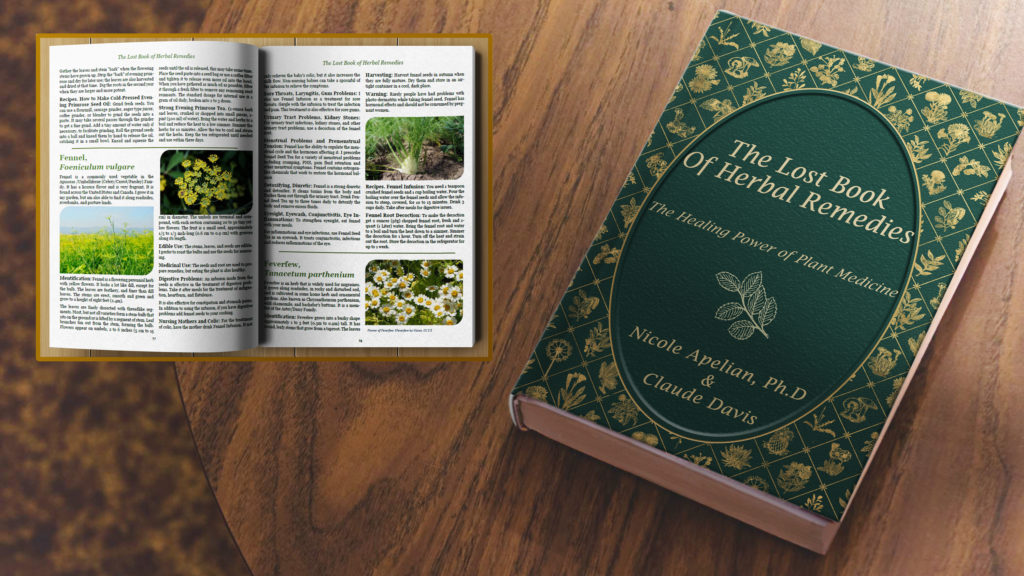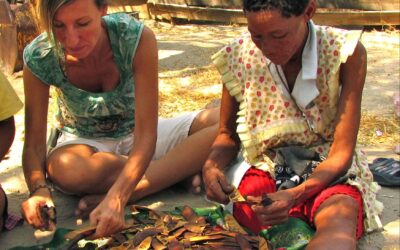Foraging 101
While foraging is relatively straightforward, there are a few guidelines to keep in mind. The most important is that before consuming any wild plant, make absolutely certain it is not poisonous. If you are the least bit unsure, consult a reputable expert. This is crucial, especially with wild mushrooms. I recommend you find an experienced mentor if you’re just starting out. A good field guide is also necessary as it will help you to properly identify and learn about new plants. And make sure to educate yourself about the dangerous species native to your area before heading into the wild to forage.
Additionally, always practice respectful harvesting. Avoid foraging protected and rare plants. Moreover, try to collect less than 10% of the available plant so not to over harvest. You should also only take what you will use. If leaves are what you’re interested in, there is no need to uproot the entire plant. Lastly, consider growing wild edible plants in your home garden to avoid over harvesting in the forest.
How to Make Mushroom Spore Prints for ID
When foraging mushrooms, creating a spore print is a technique commonly used for identification. It’s an excellent way to eliminate possibilities between visually indistinguishable species.
Spore prints can be made on paper or by using a small square of glass. Glass allows you to hold the spore print over black or white paper for contrast, depending on if the spores are light or dark in color. You can also place your mushroom half on black paper and half on white paper, a method I often use. However, by using glass, you can also scrape the spore deposits together for a better idea of their color.
To make the print, remove the stem from the mushroom and place the cap, gill side down, flat on the glass. Cover with a bowl, which will help prevent the cap from drying out and will keep the spores from blowing away. Leave the mushroom undisturbed for several hours or up to 24 hours. When finished, remove the bowl and gently lift the cap off the glass to reveal the spore print. Scrape the spores together to view the color more clearly.
Where to begin? Foraging 101 for Wild Greens
One of the best places to forage wild foods is right in your own backyard. Here are 3 of my favorite plants commonly found close to home:
Chickweed(Stellaria media)
Chances are you’ve seen chickweed growing in your garden because it thrives in nitrogen-rich soil. Not only is this plant tasty but it’s also healthy! You can use it raw like sprouts in salads, wraps, and sandwiches or you can cook it as a nice substitute for spinach.
Common chickweed grows from 2 to 20 inches (5 cm to 50 cm) in height. Flowers are small, star-shaped, and white. Leaves are oval with smooth and slightly feathered edges. The leaves, stem, and flowers are all edible. Try to harvest in the early morning or late in the evening.
The herb is a traditional remedy for arthritis, nerve pain, digestive distress, and a range of inflammatory skin conditions. It can be eaten, used as a poultice or enjoyed as a tea.
Safety: Some individuals are allergic to chickweed. While generally considered safe, it should not be used by nursing or pregnant women without first consulting your healthcare practitioner.
Chickweed Decoction Recipe: Use fresh chickweed whenever possible. This decoction is an outstanding internal detoxifier and also makes an excellent external wash. For the recipe, you will need 1 cup freshly picked chickweed and 1 pint (500 ml) of water. Bring the water to a boil and add the chickweed leaves. Reduce heat to low, cover, and simmer gently for 15 minutes. Cool and use it internally or externally. The internal dose is 1 to 2 ounces (30 to 60ml).
Dandelion
(Taraxacum officinale)
While many view dandelion as a pesky weed, it is actually a powerhouse of nutrition and an exceptionally useful plant. The young leaves can be enjoyed raw as a salad or sautéed. You can also use the leaves for hot tea. The flowers make an attractive edible garnish, while the roots can be dried, roasted, and ground for a caffeine-free coffee substitute. My favorite? Pickled dandelion buds, which I use as a replacement for capers.
The plant grows up to a foot in height and has jagged, elongated leaves. Yellow flowers emerge from April to June.
You can use the entire plant medicinally. The bitter roots are a helpful tonic for liver and digestive issues, while the leaves have diuretic properties. Dandelion is useful for a variety of ailments, including: inflammation, arthritis, hypertension, diabetes, and urinary tract infections. It’s rich in vitamins, minerals, and antioxidants. The plant is also an excellent herb to use for detoxification.
Safety: Do not take dandelion if you are allergic to ragweed, chrysanthemum, marigold, yarrow, or daisy. Avoid if pregnant and consult a medical professional if nursing. Also consult a doctor before use if you are taking prescription medication. Some people develop dermatitis from touching the plant or sap. Discontinue use if you develop an allergic reaction.
Plantain
(Plantago major)
If you gather the leaves of plantain while they are still tender and young, they make wonderful salad greens. The bitter-tasting seeds can also be stripped from their casing and enjoyed directly. They become tough and fibrous as they age but can be cooked in soups or stews.
With an oval shape and ruffled texture, plantain leaves grow in a rosette pattern at the base of the plant. The leaves range from 2 to 8 inches (5 cm to 20 cm) long. The whitish-green flowers have beautiful purple stamens and grow to a height of 6 to 18 inches (15 cm to 45 cm).
Plantain is anti-inflammatory and analgesic. It has diuretic, demulcent, immune modulating, and expectorant properties. The herb is also protective of the liver and acts as a weak antibiotic. It is helpful for autoimmune disorders, leaky gut, insect bites, rashes and respiratory tract infections.
More Information
To learn more about these and other medicinal plants growing in your area, The Lost Book of Herbal Remedies: The Healing Power of Plant Medicine” is a tremendous resource. In it I have provided detailed identification and harvesting advice, as well as high-resolution color photographs. Step-by-step instructions for making your own tinctures, salves, syrups, and infused oils are included. And I’ve made it easy to search for remedies for specific health concerns.
You will learn about the “Painkilling Plant” that grows in nearly every backyard. It’s one of the most sought after plants in a crisis. Or read about the wild botanical that helps to manage erratic blood sugar. Then there’s the “Stone Breaker Herb” which helps to dissolve kidney stones. These are just a few examples contained within its pages.
I truly hope these resources will help you discover the joy of wild foods and medicinal plants as you explore the natural spaces around you.
Happy foraging!
Nicole Apelian
Roll Up Your Sleeves and Do it Yourself?
Are you interested in making your own herbal remedies at home and learning about the many plants, lichens, and mushrooms you can find out your own back door? If so please pick up a copy of my book: "The Lost Book Of Herbal Remedies: The Healing Power of Plant Medicine" today!
Not in Europe or the US? Not a problem, click here to order your copy »









